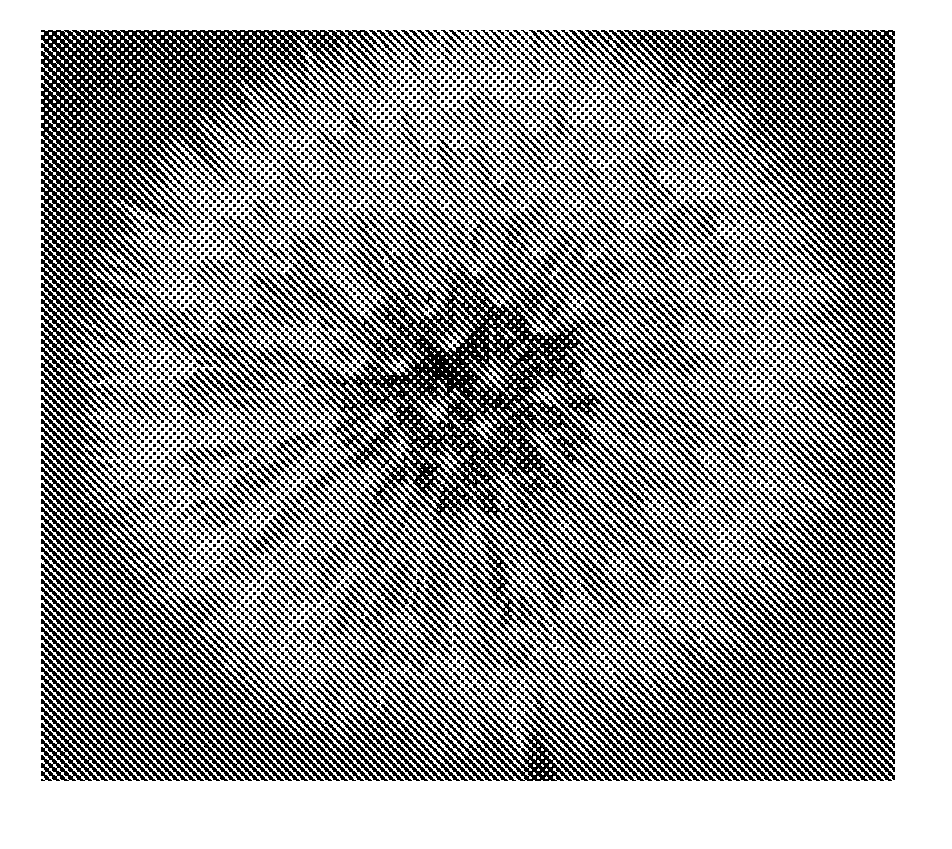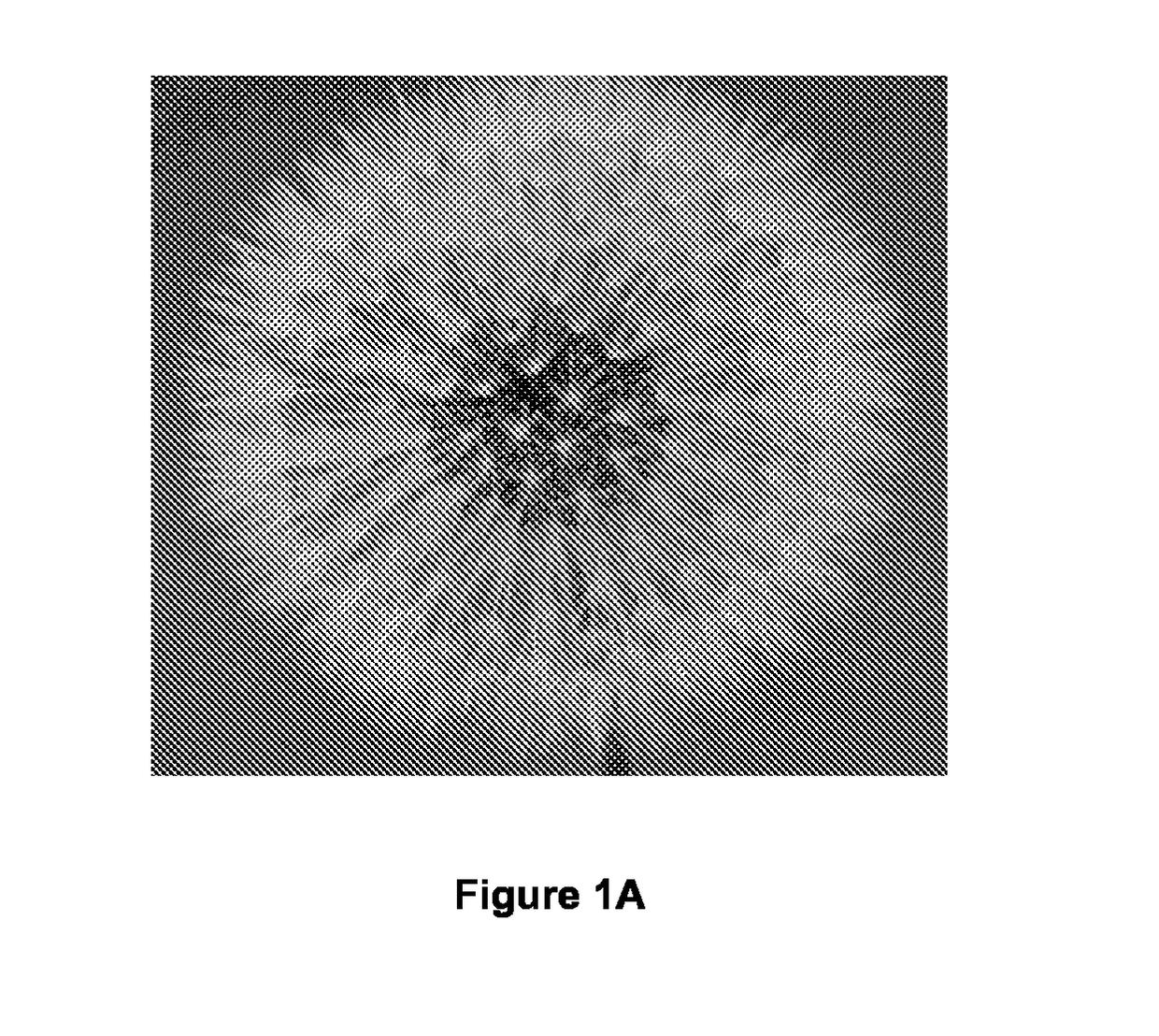Diplospory gene
a technology of diplospory and gene, applied in the field of biotechnology, can solve the problems of time-consuming and logistical challenges, laborious and laborious process of generating homozygous trait loci through crossing, and complex and costly process of producing sexual f1 seeds
- Summary
- Abstract
- Description
- Claims
- Application Information
AI Technical Summary
Benefits of technology
Problems solved by technology
Method used
Image
Examples
example 1
apping of the DIP Locus
1.1 Apomixis Recombination Population
[0228]For the genetic mapping of the Diplosporous (Dip) locus, a cross was made between a diploid sexual Taraxacum officinale plant TJX3-20 and a triploid apomict A68. TJX3-20 was chosen as a male sterile (no pollen production) seed parent in order to prevent the production of a high proportion of selfed offspring, which is normally the case in diploid X triploid Taraxacum officinale crosses, as a consequence of mentor pollen effects (Tas en Van Dijk 1999). Average seed set in the TJX3-20×A68 cross was low, between 1-3%. A large number of crosses resulted in a total of 190 offspring. Only viable euploid offspring was produced: 97 diploids, 92 triploids and 1 tetraploid (ploidy level was determined with a PARTEC flow cytometer, Van Dijk et al. 2003). None of the diploids was apomictic, in contrast to the triploids which segregated for apomixis / no apomixis.
1.2 Diplospory Phenotyping
[0229]In order to map the DIP locus genetica...
example 2
Mapping of the DIP Locus
2.1 Apomixis Deletion Population
[0232]Because seed set in the TJX3-20×A68 cross was too low to generate the thousands of seeds needed for genetic fine mapping, an alternative method was needed. Therefore a deletion mapping approach was used for the fine mapping of this chromosomal region. Gamma irradiation causes random deletions of variable size, throughout the genome, irrespective of recombination hot or cold spots. Gamma irradiation deletions have been successfully used to map apomixis genes in Hieracium species (Catanach A S, Erasmuson S K, Podivinsky E, Jordan B R, Bicknell R A (2006) Deletion mapping of genetic regions associated with apomixis in Hieracium. Proc Natl Acad Sci USA 103(49): 18650-18655). First the optimal dose of gamma irradiation for clone A68 (50% seedling survival) was determined in a series of test doses, ranging from 100 to 800 Gray produced by a 60Co source (at Isotron B. V., Ede, The Netherlands) exposing dry Taraxacum seeds. For t...
example 3
ncing of the DIP Locus
3.1 Fine Mapping of the DIP Locus Using AFLP Markers in the Deletion Population
[0237]In order to find new AFLP markers within the smallest Dip-deletion detected (i124), a new marker screening strategy, Bulked Deletion Analysis (BDA), analogous to Bulked Segregation Analysis (Michelmore et al. 1991), was developed. Three DNA samples were compared for the presence or absence of AFLP fragments: Sample A: DNA from the plant with the smallest Dip deletion (i124), Sample B: A DNA pool of three plants with larger deletions in the Dip region, and Sample C: DNA from the A68 clone, non-irradiated. Only AFLPs which lacked in both sample A and sample B would be located in the smallest deletion. Taking pooled sample B into consideration prevented the selection of deletions outside the Dip locus. Candidate AFLPs from the BDA were verified on individual Loss-of-Diplospory deletion plants. Screening of 966 different AFLP primer combinations resulted into three new Dip Deletion...
PUM
| Property | Measurement | Unit |
|---|---|---|
| Tm | aaaaa | aaaaa |
| temperature | aaaaa | aaaaa |
| pH | aaaaa | aaaaa |
Abstract
Description
Claims
Application Information
 Login to View More
Login to View More - R&D
- Intellectual Property
- Life Sciences
- Materials
- Tech Scout
- Unparalleled Data Quality
- Higher Quality Content
- 60% Fewer Hallucinations
Browse by: Latest US Patents, China's latest patents, Technical Efficacy Thesaurus, Application Domain, Technology Topic, Popular Technical Reports.
© 2025 PatSnap. All rights reserved.Legal|Privacy policy|Modern Slavery Act Transparency Statement|Sitemap|About US| Contact US: help@patsnap.com



